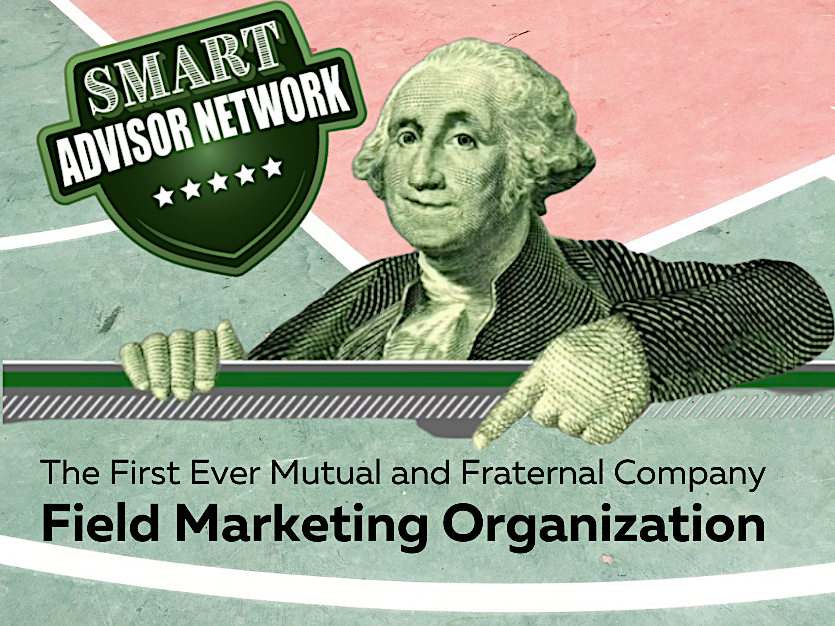
A Revolt Against PE-Led Annuity Issuers
Matt Zagula is an annuity wholesaler and fixed indexed annuity (FIA) designer. He and forensic accountant Tom Gober created the TSR ratio, a scale for rating FIA issuers. Mutual and fraternal insurers score best; private equity-led life insurers score worst.


